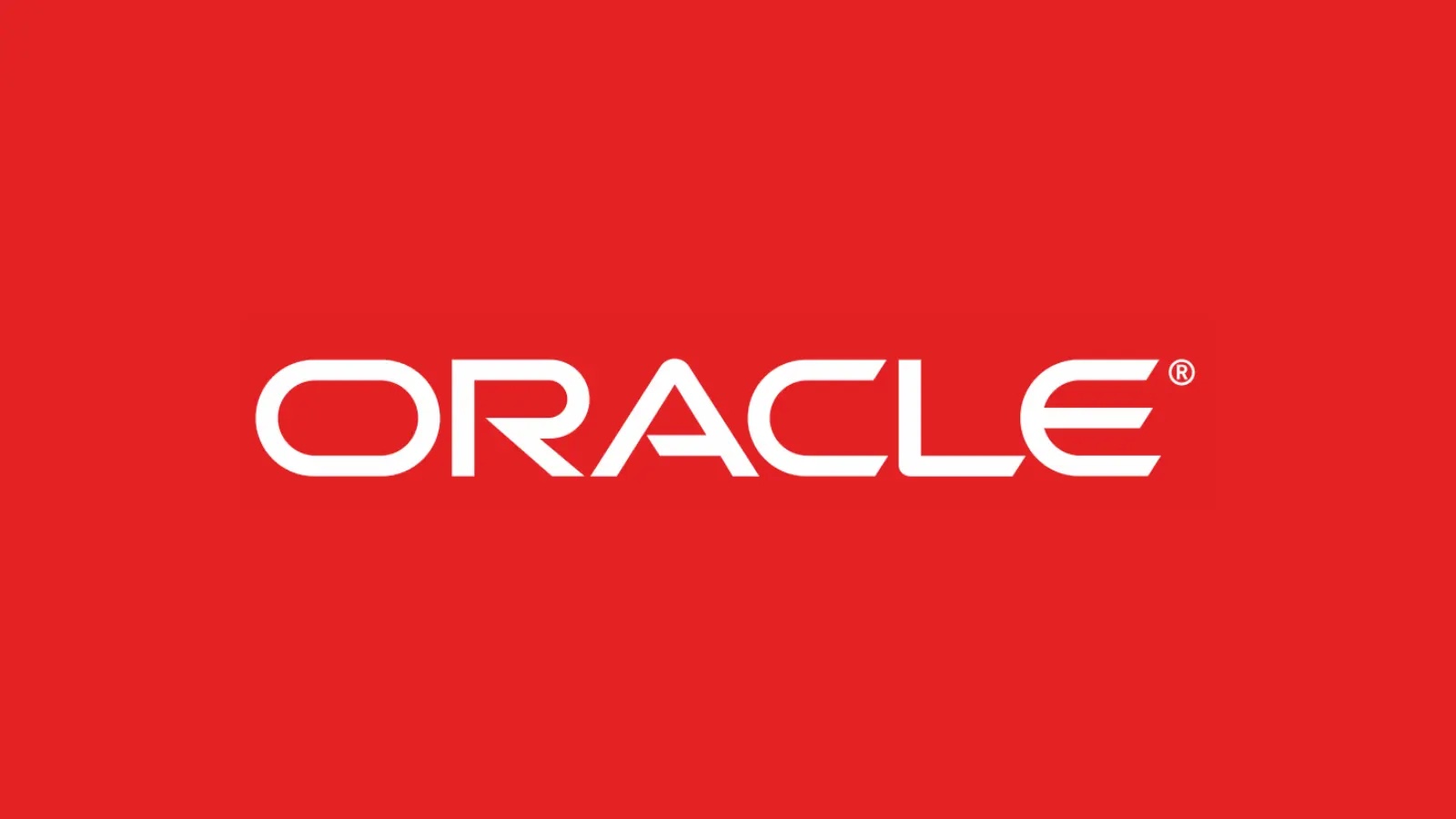
CISA Warns of Oracle’s Identity Manager RCE Vulnerability Actively Exploited in Attacks
The digital landscape is a constant battleground, and for organizations relying on identity and access management solutions, a new urgent threat has emerged. The Cybersecurity and Infrastructure Security Agency (CISA) has issued a critical warning: a severe remote code execution (RCE) vulnerability in Oracle Identity Manager (OIM) is actively being exploited in the wild. This isn’t a theoretical risk; attackers are already leveraging this flaw, making immediate action paramount for enterprises and government entities.
Understanding the Oracle Identity Manager RCE Vulnerability
The vulnerability, officially tracked as CVE-2025-61757, specifically affects Oracle Identity Manager. This critical flaw allows unauthenticated remote attackers to execute arbitrary code on affected systems. The implications of such an exploit are profound: an attacker could gain complete control over the OIM server, potentially leading to unauthorized access to sensitive data, system compromise, and disruption of critical business operations. The “unauthenticated” aspect is particularly concerning, meaning an attacker doesn’t need legitimate credentials to initiate this attack, significantly widening the attack surface.
Why CISA’s Warning is Crucial
CISA, as the U.S. government’s primary cybersecurity agency, issues warnings only when threats are significant and require immediate attention. Their call to action regarding CVE-2025-61757 underscores the severity of this vulnerability. Active exploitation means that threat actors are aware of the flaw and are actively developing and deploying exploits. Organizations that use Oracle Identity Manager must therefore assume they are targets and act with extreme urgency to mitigate this risk.
The Impact of an RCE in Identity Management
Oracle Identity Manager is a core component for many organizations, handling essential identity lifecycle management, provisioning, and access governance. An RCE in such a foundational system can have catastrophic consequences:
- Full System Compromise: Attackers can execute arbitrary code, taking complete control of the OIM server.
- Data Exfiltration: Access to the OIM server often provides pathways to other connected systems and sensitive user data.
- Privilege Escalation: Gaining control over OIM can enable attackers to create, modify, or delete user accounts and their associated privileges.
- Disruption of Services: Tampering with OIM can lead to widespread denial of service or disruption of access to critical applications.
- Supply Chain Attack Vector: If OIM is used by partners or clients, a compromise could extend beyond the immediate organization.
Remediation Actions: What to Do Now
Given the active exploitation, immediate remediation is non-negotiable. Organizations running Oracle Identity Manager must prioritize the following steps:
- Apply Patches Immediately: Oracle will typically release security patches for such critical vulnerabilities. Organizations must monitor Oracle’s security advisories and apply all relevant patches for CVE-2025-61757 without delay.
- Inventory OIM Deployments: Identify all instances of Oracle Identity Manager within your environment, including test and development systems, as these also present attack vectors.
- Network Segmentation and Access Control: Ensure OIM instances are properly segmented from less critical networks. Implement strict network access controls (firewall rules, access lists) to limit who and what can communicate with OIM.
- Monitor Logs for Suspicious Activity: Enhance monitoring of OIM logs for any unusual behavior, failed login attempts, unauthorized API calls, or unexpected process executions.
- Implement Web Application Firewalls (WAFs): A properly configured WAF can help detect and block exploitation attempts by filtering malicious traffic before it reaches the OIM application.
- Penetration Testing & Vulnerability Scanning: Regularly scan your OIM deployments for known vulnerabilities and conduct penetration tests to identify potential weak points.
- Review and Update Incident Response Plan: Ensure your incident response team is aware of this threat and has a clear plan for addressing a potential OIM compromise.
Tools for Detection and Mitigation
Leveraging the right tools can significantly aid in identifying vulnerable systems and fortifying your defenses against threats like CVE-2025-61757.
| Tool Name | Purpose | Link |
|---|---|---|
| Oracle Critical Patch Updates (CPU) | Official patches and security advisories from Oracle. | Oracle Security Alerts |
| Vulnerability Scanners (e.g., Nessus, Qualys, OpenVAS) | Identifies known vulnerabilities in network devices and applications, including Oracle software. | Tenable Nessus |
| Web Application Firewalls (WAFs) | Protects web applications from common attacks by filtering HTTP traffic. | Cloudflare WAF |
| Security Information and Event Management (SIEM) Systems | Aggregates and analyzes security logs for threat detection and incident response. | Splunk SIEM |
Protecting Against Future Threats
While addressing this specific vulnerability is critical, a long-term strategy involves continuous vigilance. This includes maintaining strong patch management practices, regularly auditing system configurations, enforcing the principle of least privilege, and educating staff on cybersecurity best practices. Staying informed through official channels like CISA and Oracle’s security advisories is essential for proactive defense.
The CISA warning concerning the Oracle Identity Manager RCE vulnerability (CVE-2025-61757) is a clear call to action. Active exploitation means the window for remediation is closing rapidly. Organizations must prioritize applying security patches, enhancing monitoring, and reviewing their overall security posture to protect against this immediate and significant threat to their identity management infrastructure.





